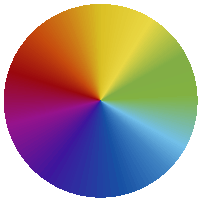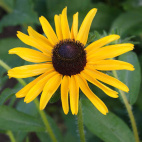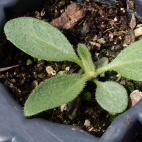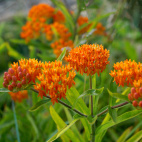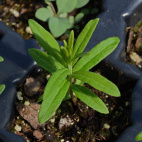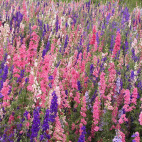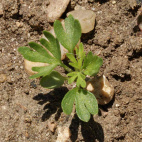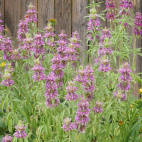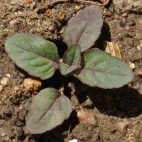Color
Availability
USDA Zone
Region
Type
Duration
Season
Germination
Soil
Sunlight
Height
Use
Narrow Your Search
Color
Availability
USDA Zone
Region
Type
Duration
Season
Germination
Soil
Sunlight
Height
Use
Wildflower Seeds - Northern Region
The Northern region is home to our Canadian friends in the eastern provinces, as well as the northern-most part of the Eastern US. This area is characterized by a long, cold winter with lots of snow, and a short humid summer that only lasts about 3 or 4 months. Most of the area is classified as a UDSA Growing Zone 4 or less, and the species that grow here have interesting ways to perpetuate themselves in spite of the short growing season. There are a lot of forests and wetlands in this region, so adequate moisture is hardly ever a problem. Look up your growing zone to make sure that the Northern wildflower seeds that you want to grow are winter hardy. Alternatively, just order annual flower seeds online so that the plant does not need to make it through the winter, but can reseed itself and come back from seed the next year.
-
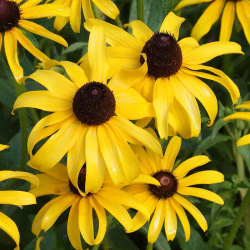 Black Eyed Susan Seeds
Rudbeckia hirta
Black-eyed Susan is probably the most popular wildflower for summer gardens. This biennial is so easy to grow, and produces a lot of showy yellow blooms that are liked by butterflies - so why not have it in the garden?Quick View$2.98 Pkt - $7.09 / Oz
Black Eyed Susan Seeds
Rudbeckia hirta
Black-eyed Susan is probably the most popular wildflower for summer gardens. This biennial is so easy to grow, and produces a lot of showy yellow blooms that are liked by butterflies - so why not have it in the garden?Quick View$2.98 Pkt - $7.09 / Oz -
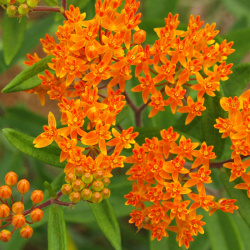 Butterfly Weed Seeds
Asclepias tuberosa
One of the most striking of native plants, Butterfly Weed lights up the prairies with its blazing orange flowers. Monarch Butterflies thrive on this plant, so it is a must for any butterfly garden on sandy soil. Butterfly milkweed seed thrives in rocky or sandy soil, typically in open fields or along roadsides.Quick Viewx
Butterfly Weed Seeds
Asclepias tuberosa
One of the most striking of native plants, Butterfly Weed lights up the prairies with its blazing orange flowers. Monarch Butterflies thrive on this plant, so it is a must for any butterfly garden on sandy soil. Butterfly milkweed seed thrives in rocky or sandy soil, typically in open fields or along roadsides.Quick ViewxButterfly Weed Seeds
Asclepias tuberosa
One of the most striking of native plants, Butterfly Weed lights up the prairies with its blazing orange flowers. Monarch Butterflies thrive on this plant, so it is a must for any butterfly garden on sandy soil. Butterfly milkweed seed thrives in rocky or sandy soil, typically in open fields or along roadsides.
$3.48 Pkt - $24.00 / Oz -
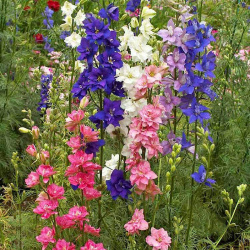 Imperial Rocket Larkspur Seed Mix
Delphinium consolida
Blossoming in blue, pink, white, and purple, these colorful flowers are easy to grow, making them popular in many annual flower gardens. The hummingbirds will be humming over your garden, and you can also cut the flowers and enjoy them inside as well.Quick Viewx
Imperial Rocket Larkspur Seed Mix
Delphinium consolida
Blossoming in blue, pink, white, and purple, these colorful flowers are easy to grow, making them popular in many annual flower gardens. The hummingbirds will be humming over your garden, and you can also cut the flowers and enjoy them inside as well.Quick ViewxImperial Rocket Larkspur Seed Mix
Delphinium consolida
Blossoming in blue, pink, white, and purple, these colorful flowers are easy to grow, making them popular in many annual flower gardens. The hummingbirds will be humming over your garden, and you can also cut the flowers and enjoy them inside as well.
$3.48 Pkt - $7.52 / Oz -
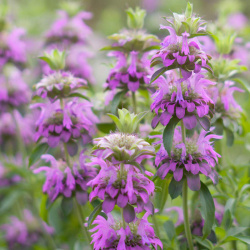 Lemon Mint Seeds
Monarda citriodora
Though not as strong as peppermint, this plant has a distinct herbal scent with hints of citrus, making it popular in flower and herb gardens around the world. The lavender flowers are a favorite of butterflies and hummingbirds.Quick View$2.98 Pkt - $13.34 / Oz
Lemon Mint Seeds
Monarda citriodora
Though not as strong as peppermint, this plant has a distinct herbal scent with hints of citrus, making it popular in flower and herb gardens around the world. The lavender flowers are a favorite of butterflies and hummingbirds.Quick View$2.98 Pkt - $13.34 / Oz -
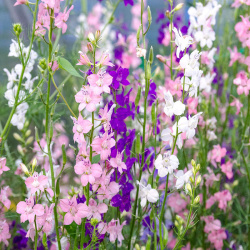 Rocket Larkspur Seed Mix
Delphinium ajacis
Blossoming in pink, blue, and white, these colorful spikes will bedazzle the eye. Larkspur is a favorite flower for many annual flower gardens and makes a beautiful cut flower as well. Hummingbirds love to visit this plant too.Quick View$3.48 Pkt - $7.59 / Oz
Rocket Larkspur Seed Mix
Delphinium ajacis
Blossoming in pink, blue, and white, these colorful spikes will bedazzle the eye. Larkspur is a favorite flower for many annual flower gardens and makes a beautiful cut flower as well. Hummingbirds love to visit this plant too.Quick View$3.48 Pkt - $7.59 / Oz
The Northern region is home to our Canadian friends in the eastern provinces, as well as the northern-most part of the Eastern US. This area is characterized by a long, cold winter with lots of snow, and a short humid summer that only lasts about 3 or 4 months. Most of the area is classified as a UDSA Growing Zone 4 or less, and the species that grow here have interesting ways to perpetuate themselves in spite of the short growing season. There are a lot of forests and wetlands in this region, so adequate moisture is hardly ever a problem. Look up your growing zone to make sure that the Northern wildflower seeds that you want to grow are winter hardy. Alternatively, just order annual flower seeds online so that the plant does not need to make it through the winter, but can reseed itself and come back from seed the next year.

